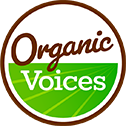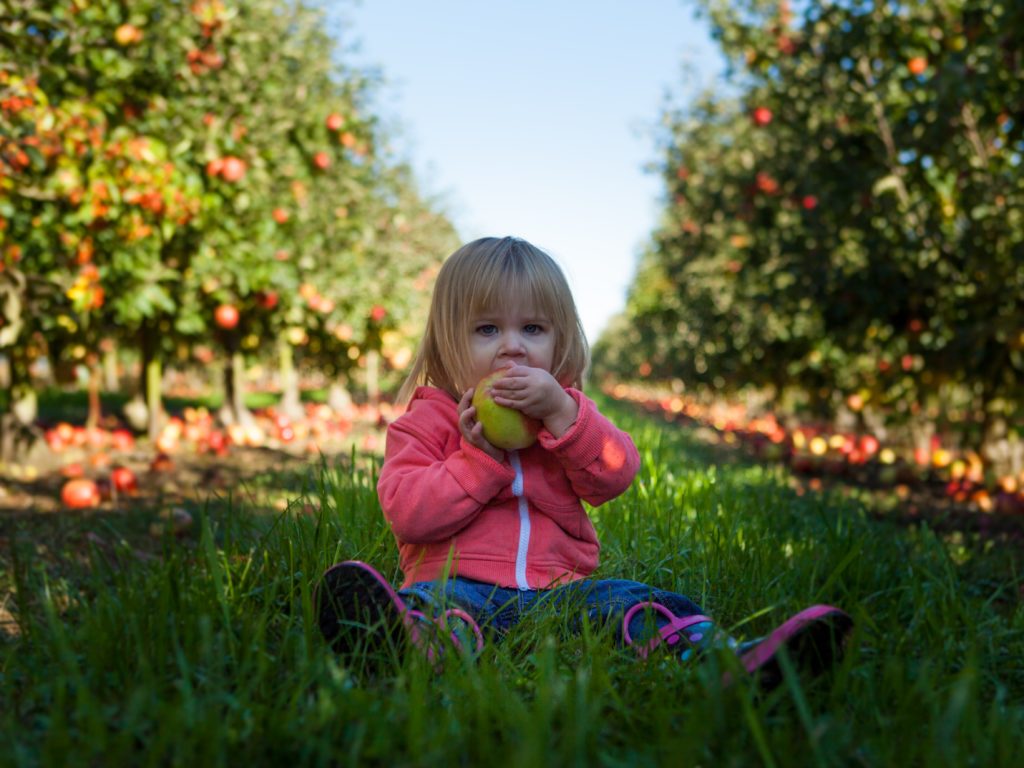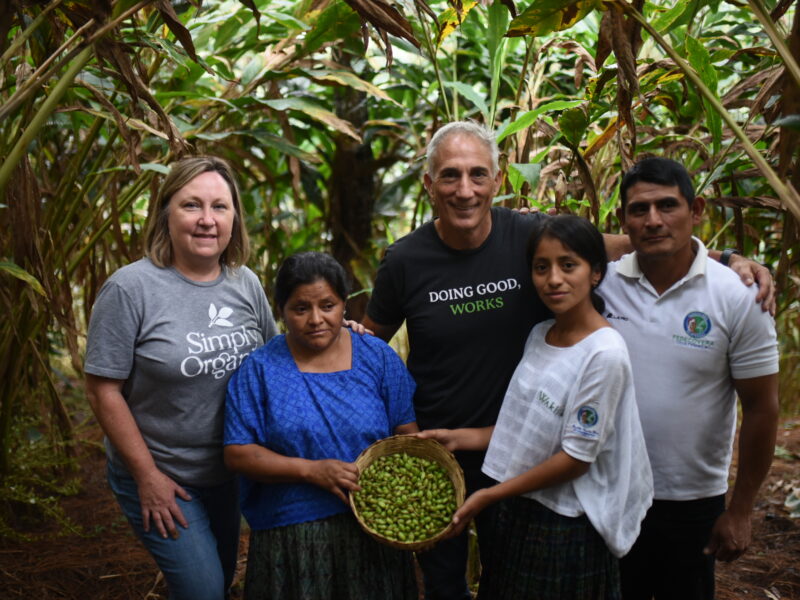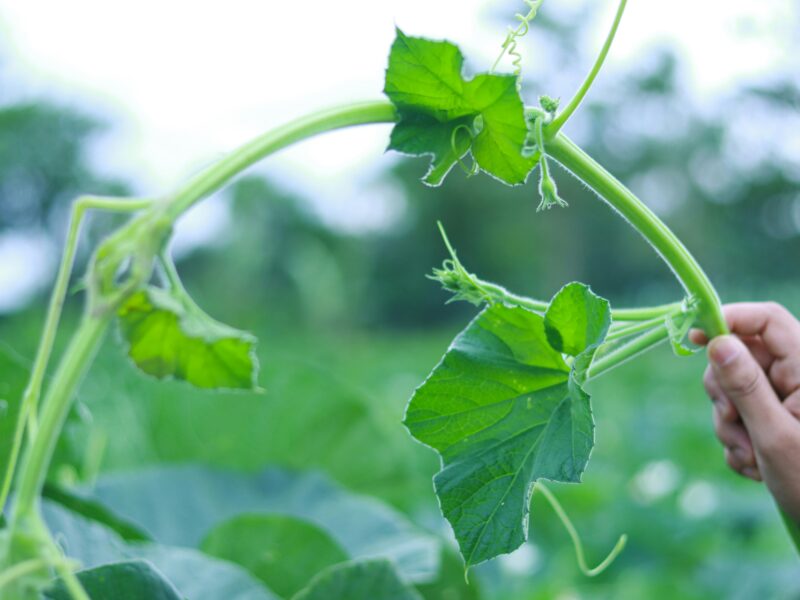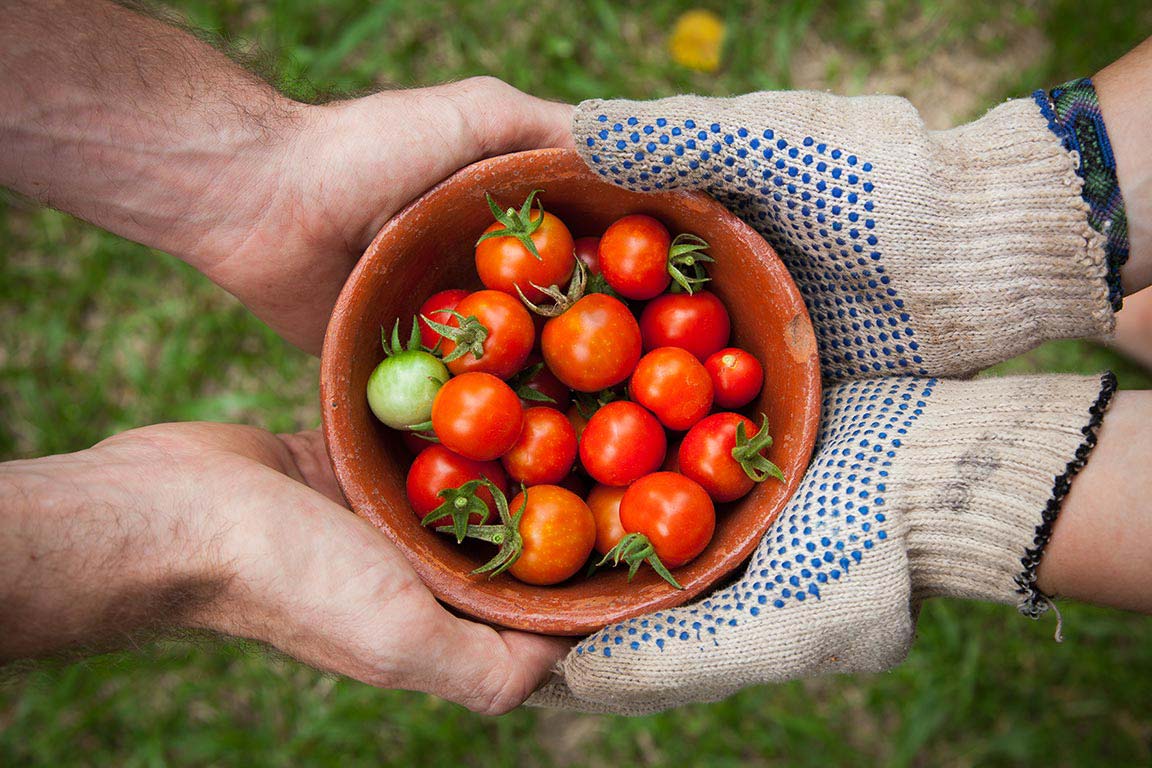You might be wondering if organic is worth the investment. The short answer is, yes. If the importance of organic is new to your lifestyle choices, we recommend reviewing the top 15 reasons to choose certified organic. The number one reason to choose certified organic foods and products as a parent is to skip the chemicals used in conventional production.
The evidence is clear that children are particularly vulnerable to the harmful effects of pesticides and other chemicals found in conventional food. Several factors set children apart making them more susceptible to detrimental outcomes when exposed to the chemical cocktail found in our food supply and environment. When pesticides are used in food production, they don’t simply go away. No, you cannot just wash them off. These toxic persistent pesticides end up polluting our waterways, air, soil, food and harm beneficial insects. By choosing conventional products, you’re choosing to divest in the environment. Now, that may seem harsh, but let’s look at the facts, studies, and science on how pesticides are harming our health and the environment.
The National Academy of Sciences reports that children are more susceptible to chemicals than adults and estimates that 50% of lifetime pesticide exposure occurs during the first five years of life. Young digestive tracts absorb toxins more readily than those of adults, and young livers and kidneys don’t detoxify as efficiently as adults do. As a result, toxins circulate longer in kids’ bodies, making the effect of exposure four times greater than in adults. In addition, most pesticides pollute our air and waterways. When it comes to the air we breathe, children breathe in more air than adults, inhaling almost 2 times as many pollutants. “Greater intake of air and food relative to their body weight makes them particularly susceptible to toxin overload. In fact, young infants and toddlers exposed to herbicides within their first year of life are 4.5 times more likely to develop asthma by the age of five, and almost 2.5 times more likely when exposed to insecticides,” according to research published in Environmental Health Perspectives.
In addition to what children might be eating, they are also encountering pesticides in unique ways in comparison to adult exposure. From the womb through young adulthood, they are exposed to chemicals at alarming levels in the U.S. For those living in and around farming communities, a study found chronic exposure to pesticides can damage children’s lung function by about as much as secondhand cigarette smoke does.
Starting in the womb babies exposed to pesticides have many health conditions. According to the American Academy of Pediatrics, “when a fetus is exposed to certain chemicals at particular times while the brain or organs are taking shape the normal process of development can be derailed, with sometimes irreversible effects.” Using MRI technology, researchers found that in utero exposure to the widely used insecticide chlorpyrifos changed the architecture of the brain. Studies find that pesticides such as the weedkiller 2,4-D pass from mother to child through umbilical cord blood and breast milk. “Pregnant women are being exposed to increasing amounts of dangerous industrial chemicals”, according to research published in Environmental Science and Technology. The chemicals in question include pesticides, plastics, and parabens, as well as ‘replacement chemicals’ for substances like phthalates and bisphenols that have gained notoriety for risks to public health. “With a range of scientific data highlighting chemical exposures during pregnancy as a critical window of vulnerability, public awareness of these growing threats, and meaningful action by government regulators to reduce exposure is needed.”
Next in their infant stages children interact with their environment much differently than adults because they are learning through touch and mouthing behavior. Children’s hand-to-mouth contact exposes them to toxins on the floor that gets tracked inside from shoes or ends up landing on surfaces through a source, such as an open window. This unseen exposure inadvertently harms children because they end up ingesting chemicals of concern in their environment even if the parent isn’t spraying pesticides in their own yard. Crawling on the floor also creates full body contact with pesticide residues. According to Pesticide Action Network North America, ‘the science leaves little room for doubt: children exposed to pesticides either in utero or during other critical periods may have lower IQs, birth defects and developmental delays, and face a higher risk of autism spectrum disorder, ADHD and cancer.”
Once in school, children will have different levels of exposure to pesticides. According to the EPA, “children spend more time outdoors on grass, playing fields, and play equipment where pesticides may be present.” A Harvard meta-analysis published in Pediatrics determined “there to be a significantly increased risk of leukemia-associated from herbicide exposure during childhood, which the authors indicate could occur at child care facilities, on athletic fields, and school grounds.” With all this additional exposure the American Academy of Pediatrics still “points to pesticide residues on food as the most critical route of childhood exposure.”
According to the EPA, “long-term exposure to pesticides may cause serious health effects such as birth defects; learning disabilities; behavioral changes; organ damage; asthma symptoms, forms of childhood and late-life cancer, including leukemia, breast cancer, and brain tumors.
The introduction of food outside of the home such as highly processed school lunches, snacks, and vending machines introduces kids to many pesticides and other harmful ingredients such as GMOs, artificial food coloring, artificial sweeteners, artificial flavors, preservatives, and MSG. These foods are specifically advertised and targeted at children. The packaging often carries a familiar character, colorful theme, and a perk that stimulates a dopamine rush for the child. Furthermore, when these products are formulated, they are created to be highly addictive. This creates a dependency early in life on artificial ingredients that lead to diseases such as heart disease, obesity, hypertension, ADHD, anxiety disorders, depression disorders, and various cancers.
Certified organic does not allow synthetic ingredients to be used in food products. In fact, if you look at what organic does not allow and what is allowed in all other products it drives home the message that we cannot afford to feed children these food-like substances. Put simply, when you choose certified organic you’re skipping over 700 chemicals used in conventional food and food production. Learn more about these chemicals in our Skip The Chemicals campaign.
You can immediately and dramatically reduce your kids’ exposure to pesticides and other agricultural chemicals by switching to certified organic foods, as a recent study by the Swedish Environmental Research Institute demonstrated. When the family in this study switched to organic food, both the amounts and number of pesticides in the children’s bodies dropped. Watch this short video titled “Organic Effect” and read the full report here.
One of the main components of choosing certified organic for your child is to ensure nutrient density is paramount. Many organic crops provide more nutritional value than their conventional counterparts. For example, researchers found that organic milk contains significantly higher concentrations of heart-healthy fatty acids than milk from cows on conventionally managed dairy farms.
A unique study recently published in the journal Environmental Pollution found that “organic food intake during childhood was associated with higher cognitive function. The researchers developed a multiexposure model to explore the simultaneous effects of multiple, different environmental factors on cognitive development. They measured “87 exposures during pregnancy and 122 cross-sectionally during childhood, including air pollution, built environment, meteorology, natural spaces, traffic, noise, chemicals, and lifestyles,” and considered three measures of cognitive function: fluid intelligence, attention, and working memory. The study examined 1298 mother-child pairs and the children were ages 6–11 years old. “Overall, the study found a strong connection between childhood food sources and cognitive function, where organic food intake was linked with higher fluid intelligence and higher working memory. Lower fluid intelligence was linked to child fast food intake, crowded housing, and exposure to tobacco smoke.”
Many of the chemicals used in conventional food production deplete your child’s nutrition. For example, glyphosate is a chelator which means it chelates vital nutrients from your diet. The World Health Organization’s International Agency for Research on Cancer (IARC) ruled glyphosate a carcinogen. The IARC said that along with other Monsanto chemicals Roundup could cause Parkinson’s disease, Alzheimer’s disease, autism, and cancer. A new analysis found about 87 percent of 650 children tested had detectable levels of the ubiquitous and toxic herbicide glyphosate in their urine, according to the Centers for Disease Control and Prevention.
Chemicals like glyphosate will take generations to cycle out of our environment. Saying no to products produced with these chemicals is a vote for a healthy environment. Organic is better for the environment and climate-friendly so naturally, this promotes a healthier planet for your children to grow up in and a healthy food future. As the only eco-label backed by third-party certification and federal oversight, consumers can be confident that organic purchases are climate-smart purchases. Organic relies on a whole-system approach to ensure that our products are grown in a way that best supports a healthy, regenerative ecosystem. Core organic practices include cover cropping, crop rotation, limited tillage, and the use of safe, non-toxic pest prevention and fertility methods. Learn more about organic as the choice for climate-conscious consumers here.
After a 30-year side-by-side comparison of organic and conventional agricultural systems, the Rodale Institute reported that organic methods matched, or even outperformed, their conventional counterparts in terms of yield, profitability, and energy efficiency while having positive effects on soil health, water quality, and rural communities.
For all these reasons, we at Only Organic recommend you buy certified organic whenever possible. However, we know as parents that buying all organic isn’t always feasible. In those cases, we recommend you use EWG’s Shoppers’ Guide to Pesticides in Produce to decide which items are most important to buy organic. We also have numerous tips on how to make organic budget-friendly, accessible and affordable. If you or someone you love needs this information please consider sharing it today.
